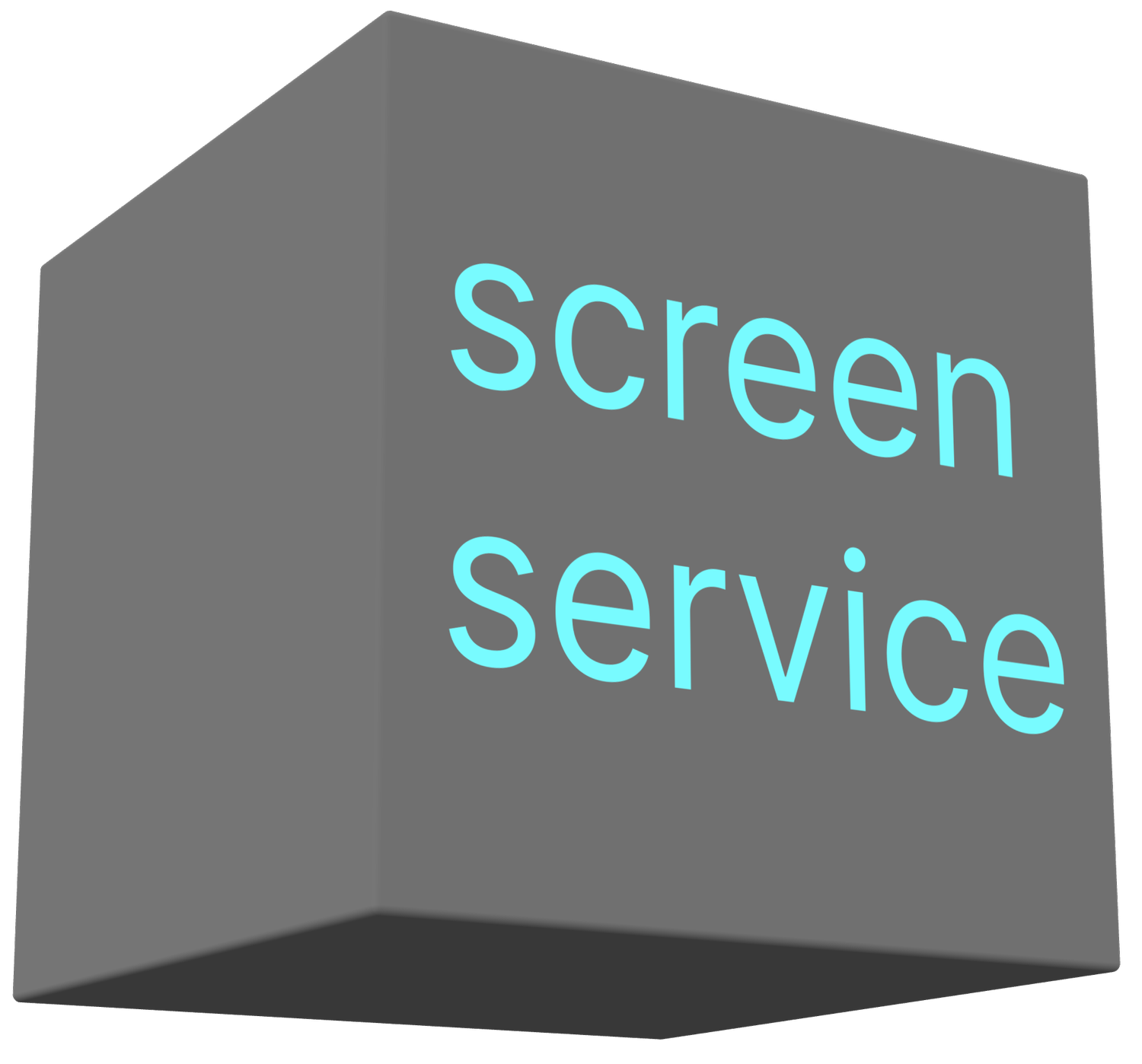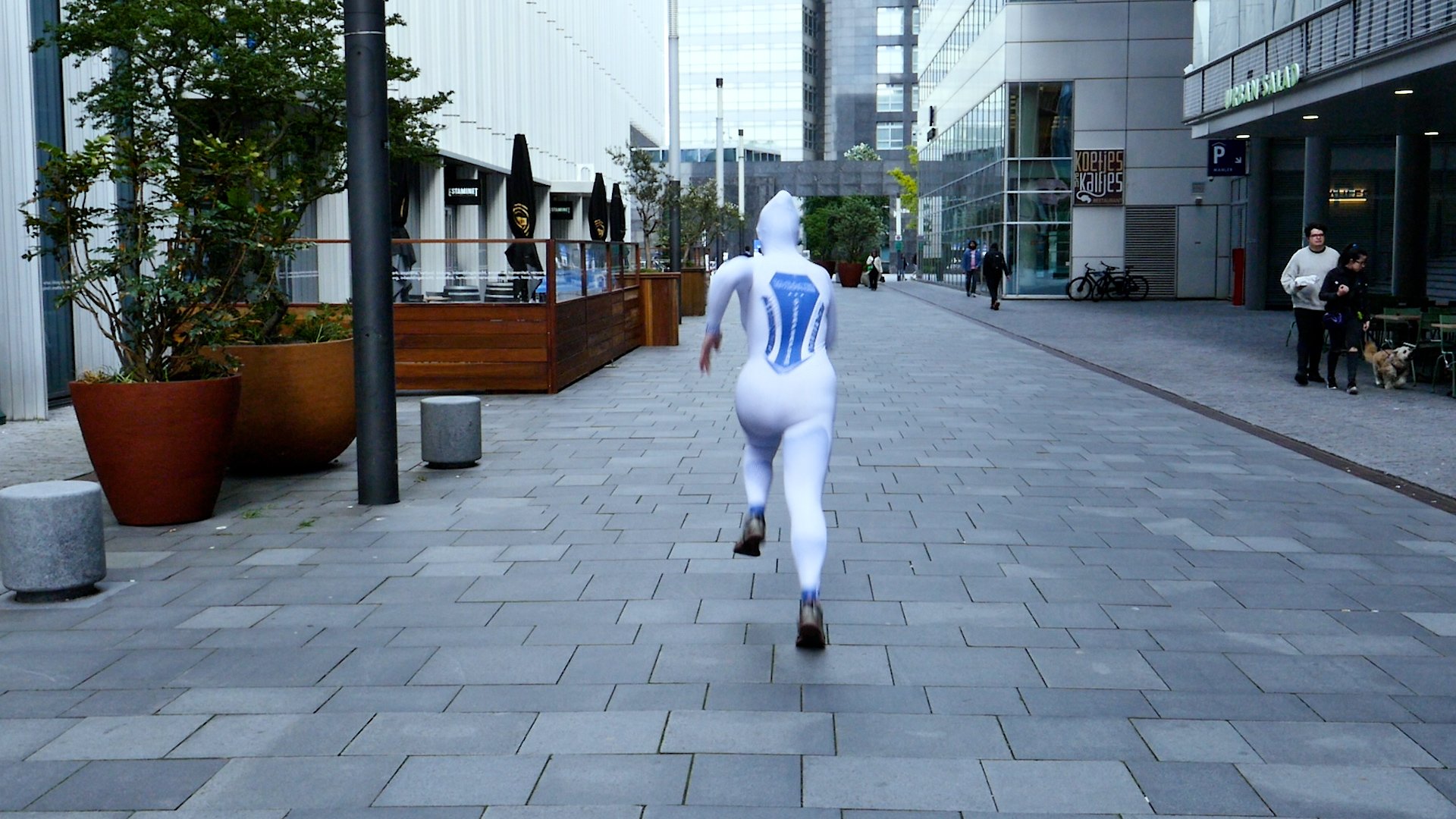LAUNCH
Our first project in the archive!
Thank you to all who visited our site to view LAUNCH.
Online Exhibition
October 10 - October 30, 2022
-
This piece of text is provided to gently offer a flow of thought surrounding the ideas of this exhibition. I abstractly muse on what ‘launching’ can mean in relation to these works, perhaps it will add to your enjoyment of the show.
The intention for this curatorial venture is to present works which allude to a sense of ‘launching’. The word ‘launch’ incites a complex movement, a movement that can be self-propelled or directed by or with someone else. To ‘launch’ is usually the result of a decisive idea, reflecting a change from that which came before. Often positive, often uneasy, sometimes a celebration and always a form of beginning.
In Pure Resilience, a video work by Ciara O’Kelly, the air contains particles “polluted with a strategy” to affect the mind. This instructional video offers a playful series of wisdoms to provide assistance in “reformulating the relationship between mind, body and environment”. Practices of endurance are encouraged to protect the mind against hostile air particles. This is presented through robotic narration and contrasting visuals of a lycra clad human performer, trees in the wind and rigid contemporary architecture. Alongside the jolting physicality of the performance in Pure Resilience, what strikes me most as a viewer is a sense of an offering, of a resource for trying times, of a provision for internal and physical change. The relationship between movement and the mind is acknowledged in its malleability. Descriptions of various aerodynamic movements serve as a humorous invitation to re-consider how we condition the mind through the body. Launching can occur when forces act upon us, inspiring us, re-working us and displacing us. A launch is a happening, a movement, a piece of absorbed advice, a journey of consequence, an effort to control, always resulting in something.
When we ‘launch’, there is usually an expected result of what might happen after and as a result of the launch. In Foreignments, a video and web-app by artist Moran Been-noon, what it means to launch oneself in a new culture is queried, through an examination of how acculturation relates to belonging in post-migration living. In acculturation, a process of change occurs when the cultural system of one group displaces that of another. Acculturation can be seen as the expected result of a launch-of-self in a new culture. The artist presents this process as tiring, complex and open ended. Foreignments muses that acculturation does not necessarily achieve belonging, or indeed with any finality. Stopping and starting, above and below, this interactive work plays differently for each audience. The audience is generously extended a sense of intuitive control over the website. We cannot physically be in more than one place at one time, as migration reminds us, yet in this work, Moran Been-noon allows the viewer to optionally experience multiple places and viewpoints all at once. This work provides a real sense of the process of ‘figuring out’ something, of trying to catch up.
In may the peacock have its call and dance, a video work by Sofia Rudi Kent, the re-launching of a history takes place. The artist draws our attention to the reclining Burmese buddha that lives in the National Museum in Dublin, a looted artefact taken from Burma in 1885 by an Irishman. Here, the inanimate becomes animate as the artist considers Ireland's role in cultural plunder. The cultural repercussions of the movement of this object are explored through a consideration of how the object feels internally. In the narration, we hear the imagined words of the artefact itself. The artist presents us with a revisionist idea of how we might approach appreciating and consuming displaced works such as this. The video serves as a contemporary archival document, with a voiced identity projected on the artefact, highlighting its continued lack of agency. Shown is the interior and exterior of a meticulously rendered virtual model, an alternative reconstruction and replica of the object. Perhaps this digital preservative care has been provided to expand its stolen existence beyond the confines of the Irish museum, into a new limitless landscape. ‘Re’ words spring to mind: replicate, recycle, revise, redo, retell, relaunch. The artist is reaching into the past and pulling firmly into the future, Sofia Rudi Kent adds to the archive of this object, branching its timeline.
In this exhibition, in particular, the launching of identity is evoked, and a consideration of movement itself. The formulation and reformulation of the mind, body and object in new environments, and the internal, physical and cultural consequences of these movements are deftly examined by all three artists.
This exhibition marks the literal launch of the screen service platform. We wanted to keep the framing of our first project simple, to be literal about our beginnings. We hope that this idea has quietly wound around these three insightful works, pulling something engaging together. These fantastic pieces inhabit the virtual space with ease! They exemplify the ever expanding trove of time based media and digital technologies in screen-led art in Ireland.
We hope that our first venture installs the growth of a space, both online and offline, that can be fresh, dynamic and useful.
Ellen O’Connor
screen service, October 2022
-
Pure Resilience is a video capturing a fight against the continual drive to condition and curate the malleable mind. Contracting muscles coated in aerodynamic lycra promise minimal wind drag. Polluted psychological air flow particles float strategically, striving for mind commodification. A voice speaks to the viewer in an instructional tone, describing how one can navigate their body and adapt physical behaviours to an unbalanced environment. In an effort to reformulate the relationship between mind, body and environment, endurance practices are presented as a means to gain control.
Image courtesy of the artist.
-
Acculturation is commonly deemed successful when it results in a person or groups’ competence of the predominant language, rituals and values of a culture. Acculturation is not necessarily intentional or directed by the migrants or hosts, but an inevitable process, impossible to avert. 'Foreignments' is a summary of this process through praxis without conclusion. Drawing on her post-migration living, the artist Moran Been-noon thinks about ‘physical roots’ as a condition for belonging, and terminologies like ‘native’ as unattainable properties which are assumed to be desired but often unnecessary. This work leans into the understanding that the process of acculturation doesn't necessarily end in a state of belonging.
Been-noon uses the physicality of pronunciation, repeating words again and again while studying the shape of the speaker's mouth, jaw and neck as they enunciate to demonstrate the laborious nature of acculturation. This highlights the strenuous process of engaging with a second or third language. Simultaneously, she is working to understand the cultural and political impact this mechanism has on everyday life. This exhaustion is shared by the extensive personal archive that is maintained when living as a migrant, particularly in the attempt to become a naturalised citizen, through documents, stamps and forms.
Maintaining 'Foreignments' as a process through praxis without conclusion, the work lends itself to various manifestations in virtual and physical space. The three channel video is activated by touch, allowing users to play more than one video at a time, alluding to the ‘tentacular’ quality of acculturation itself.
Excerpt from an original text by Sara Muthi.
'Foreignments' was commissioned by Sara Muthi and was kindly funded by Fingal County Council. First presented online by The LAB Gallery, Dublin City Council.
Production Credits:
Original music Dave Murphy; Programming Carl Lange;Harp Elaine Hogan (at citizenship ceremony, December 2019)
Image courtesy of the artist.
may the peacock have its call and dance
archival research, moving image and gaming software, 2021
-
This video focuses on a reclining Burmese Buddha that lives in Collins Barracks, Dublin. It is a piece of imperial loot that was taken from Burma by Colonel Sir Charles Fitzgerald, an Irishman. It was stolen while on a military campaign to Burma in 1885–6. It was designed in the Mandalay style, which dates to 1857–86. It was sent to the National Museum in 1891, along with other looted Burmese statues. This specific artefact holds literary value within our Eire as it was mentioned numerously in Ulysses after catching Joyce’s eye.
The title refers to a poem written by Thakin Kodaw Hmaing who is considered one of the greatest Burmese poets. The dancing peacock was strongly associated with anti-colonial nationalist movements. Archival images are featured in the video piece that were taken from Colonel Sir Charles Fitzgerald Burma Campaign Diaries, source from The Ames Library of South Asia in Minnesota. I wanted to play with aspects of Bruno Latour’s Actor-Network-Theory within the framing of material objects that similarly exert agency to humans. ANT’s main feature is its focus on inanimate entities and their effect on social processes.
This work attempts to discuss this complicated aspect of Irish history, the wheel of colonialism that was at play, and the ethics of institutions retaining imperial loot.
The narrative is written by Sofia Rudi Kent, audio by Paddy Hennessy
Image courtesy of the artist.





